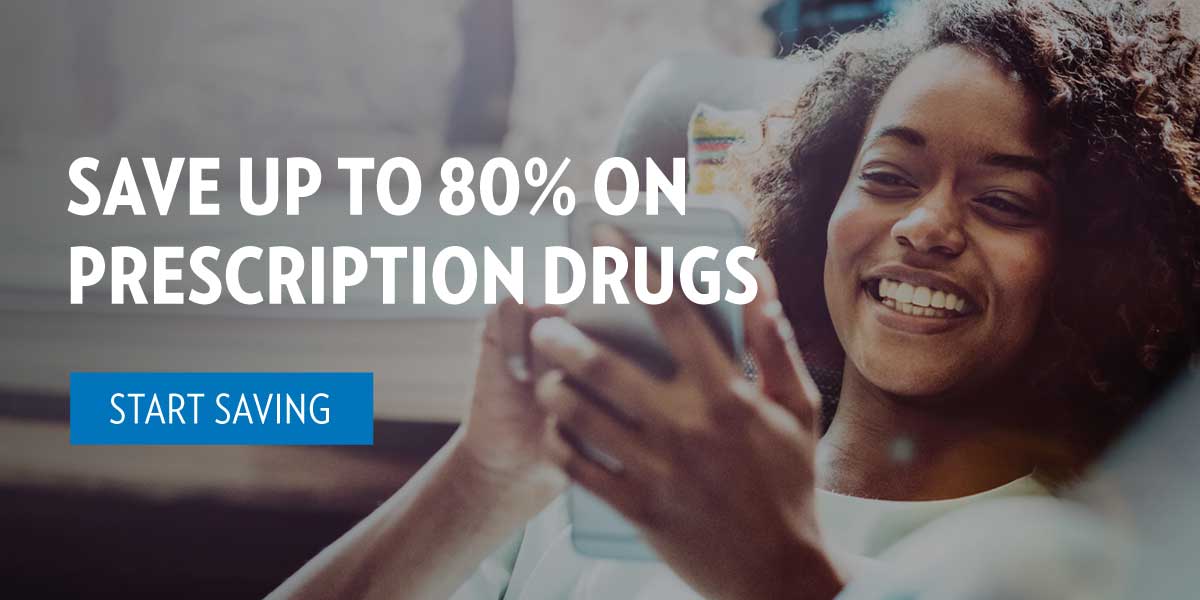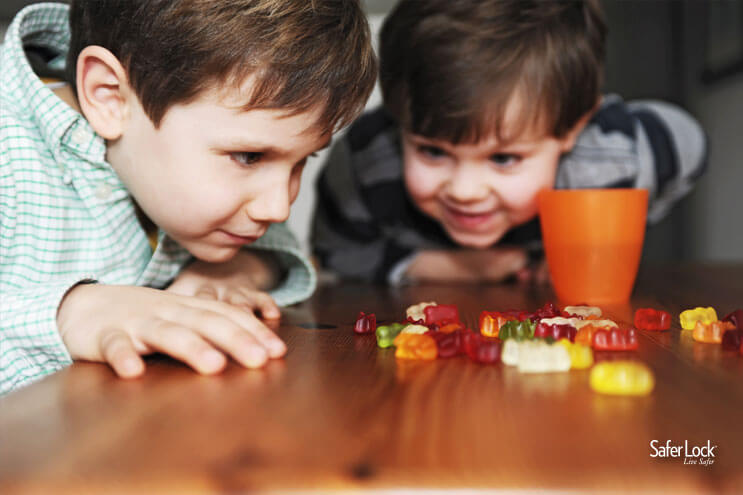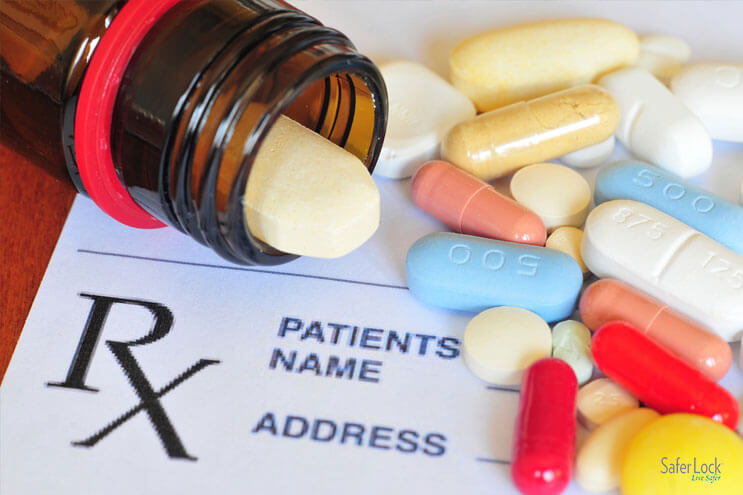This prevention perspective comes from Clean & Sober Recovery Services in Orangevale, California.
As the epidemic of opioid addiction sweeps across our nation, prevention means understanding how to keep addiction (“substance use disorder”) from finding a foothold in your home. Some people are more vulnerable than others to becoming dependent on powerful medications. Why is that, and what can you do to reduce those risks for your family?
First, Consider Your Genetic Vulnerability
Researchers estimate that 40 to 60 percent of an individual’s vulnerability to substance use disorder is attributable to genetics. So how do you know if you are at risk?
Start by taking a look at your “family tree” to see if drug or alcohol issues show up among your relatives; if so, you may be more likely to struggle with drug or alcohol dependency.
While you cannot change the genes you inherited, the good news is that you can control the actions that “activate” those genes – or not. For example, if you don’t drink alcohol, your genetic vulnerability will never be tested.
Adverse Childhood Experiences Play a Part
The experience of early childhood trauma can impact the impact the developing brain and lead to over 40 chronic diseases, including substance use disorder. As pediatrician Nadine Burke Harris explains in a compelling TedTalk on the long-term effects of childhood trauma, the repeated stress of adverse childhood experiences (known as ACEs) has real, tangible effects on the development of the brain.
Specifically, adverse childhood experiences (such as abuse, sexual violence, bullying, neglect or parents who struggle with mental health issues) can change the way neural networks develop and the biochemistry of neuroendocrine systems.
And early exposure to adversity affects the parts of the brain that control pleasure and reward, emotional learning, fear responses, impulse control and executive function, which all have a bearing on substance use disorder.
In layman’s terms, the research suggests that ACEs may have long-term effects on the body, including speeding up the processes of disease and aging, and compromising immune systems. All this adds up to a lifetime of increased vulnerability to many diseases, including the disease of addiction.
The original ACE Study, conducted at Kaiser Permanente from 1995 to 1997, evaluated information submitted by over 17,000 HMO members who completed confidential surveys about their childhood experiences and current health status and behaviors. A landmark study in how we understand the development of disease, the ACE study helps us be forewarned, forearmed and vigilant about our vulnerabilities.
Mental Health and Substance Use Disorder
Many large surveys have found that about half of those who experience a mental illness during their lives will also experience a substance use disorder, and vice versa. What comes first – the chicken or the egg? In some cases, drug or alcohol use causes mental health issues such as psychosis or paranoia; in other cases, mental health issues give rise to drug or alcohol misuse.
For example, someone with an anxiety disorder might consume too much alcohol in an effort to ease uncomfortable social interactions.
It can be impossible to separate mental health and substance use disorder two because substance use disorder and other mental illnesses appear to both be caused by overlapping factors such as genetic vulnerabilities and early exposure to stress or trauma.
So here’s the bottom line from the prevention perspective: People who struggle with mental health issues should seek professional support to and develop drug-free alternatives to navigating life’s challenges. Early Drug Use Sets the Stage for Later Struggles
The brain circuits that control executive functions like decision making and impulse control are among the last to mature, and early drug use can derail that development. As a result, a kid who starts experimenting with drugs or alcohol at age 14 is four times more likely to develop a lifetime struggle with drugs or alcohol than the young person who waits until age 21.
Morale of the story? Hold off as long as possible before imbibing or consuming powerful meds.
Biology and History are NOT Destiny
Knowing these risk factors give you the wisdom to increase the “prevention power” in your home, especially when it comes to prescription medications.
Here are some concrete steps you can take to prevent prescription drug addiction in your home:
- Reduce the number of prescription pain pills coming into your home. After a surgery or an injury, ask your doctor to suggest a non-narcotic pain reliever instead of an opioid.
If your doctor gave you a lengthy prescription, consider that you may have been prescribed more pain pills that you will need, and call your doctor to discuss the risks versus benefits of long-term prescription pain medication. - Minimize the duration of your pain pill use. Physical dependence on opioids can start after just three days of use, as your body loses its natural ability to manage pain. Then, you’ll start to need more and more medication to get the same degree of relief. Dependence can progress into addiction, where you’d need opioids - at any price - just to make it through the day without debilitating pain.
- Consider alternative ways to manage your pain such as chiropractic treatment, massage, yoga or mindfulness.
- Lock up and hide your medications. Keep them out of sight and reach of curious children – from toddlers to teens. And if your teen is taking a prescription opioid, make sure that YOU store, handle and dispense all medications.
- Talk with your teens OFTEN about the dangers of prescription medication. Parents and teens alike often think pills are safe because they are “from a doctor.” LEGAL drugs are not necessarily safer than ILLEGAL drugs.
- Talk with your teens repeatedly about the risks of buying medications over the internet, where many deadly man-made drugs are sold. Just because drugs are available online does NOT mean they are safe.
- Don’t contaminate our water supply by flushing extra pills down the toilet. Instead, dispose of excess medications safely at April and October DEA drug take-back days or by placing loose pills in stinky garbage like used kitty litter. The April, 2018, DEA take-back day is Saturday, April 28.
At the end of the day, we DO have the tools to help; keep ourselves and our loved ones from developing substance use disorder. Knowledge is power, and prevention is powerful. Seize yours.




